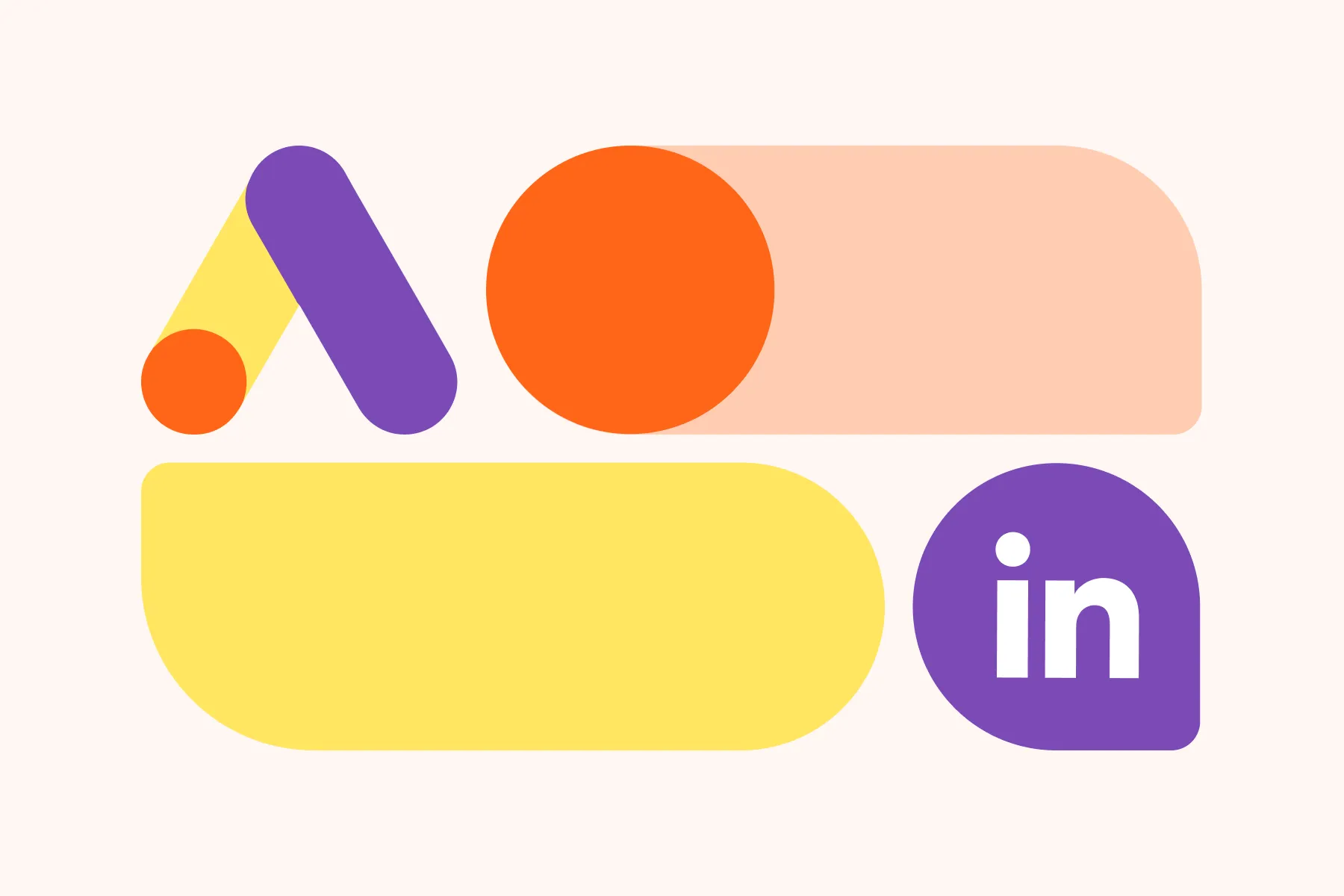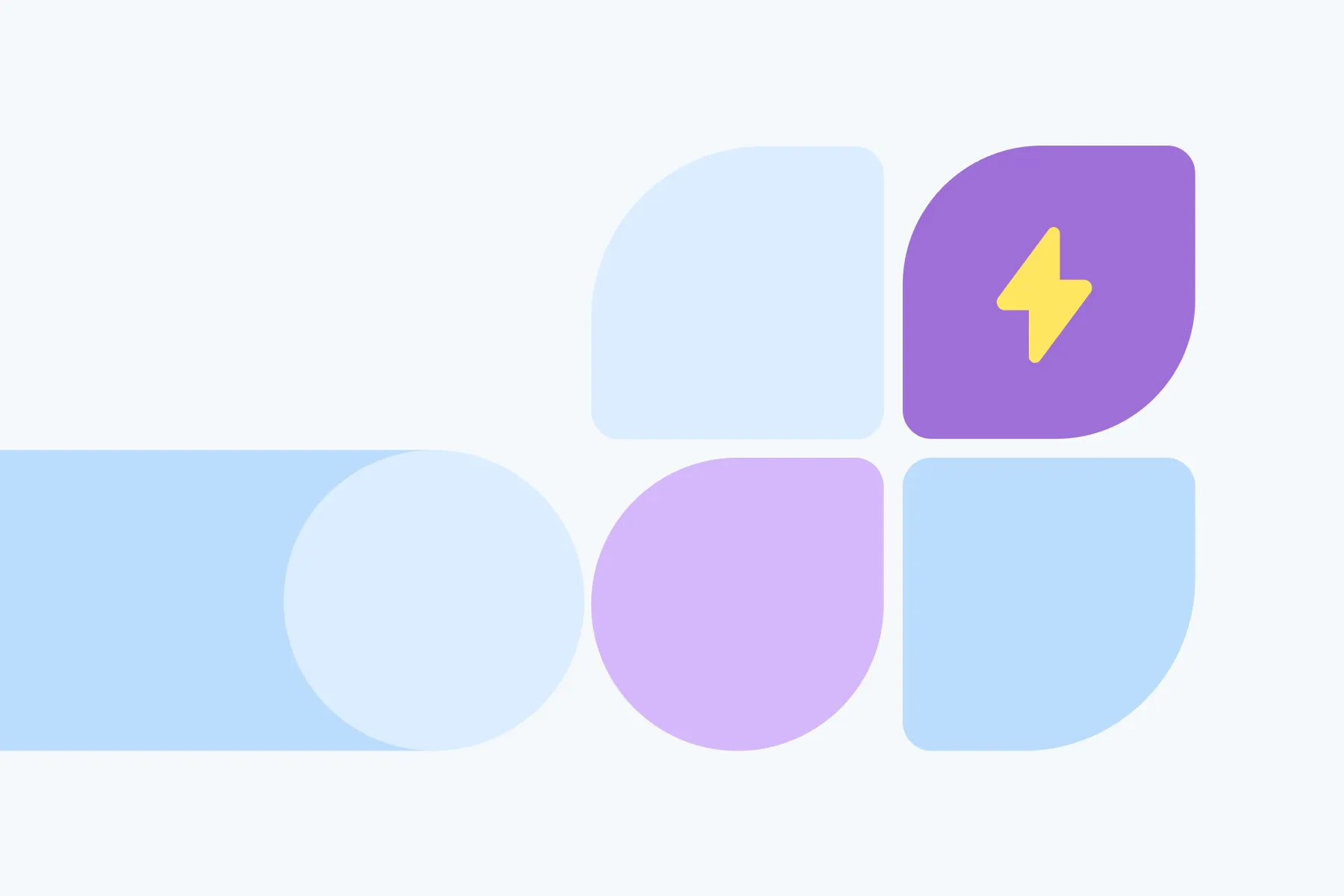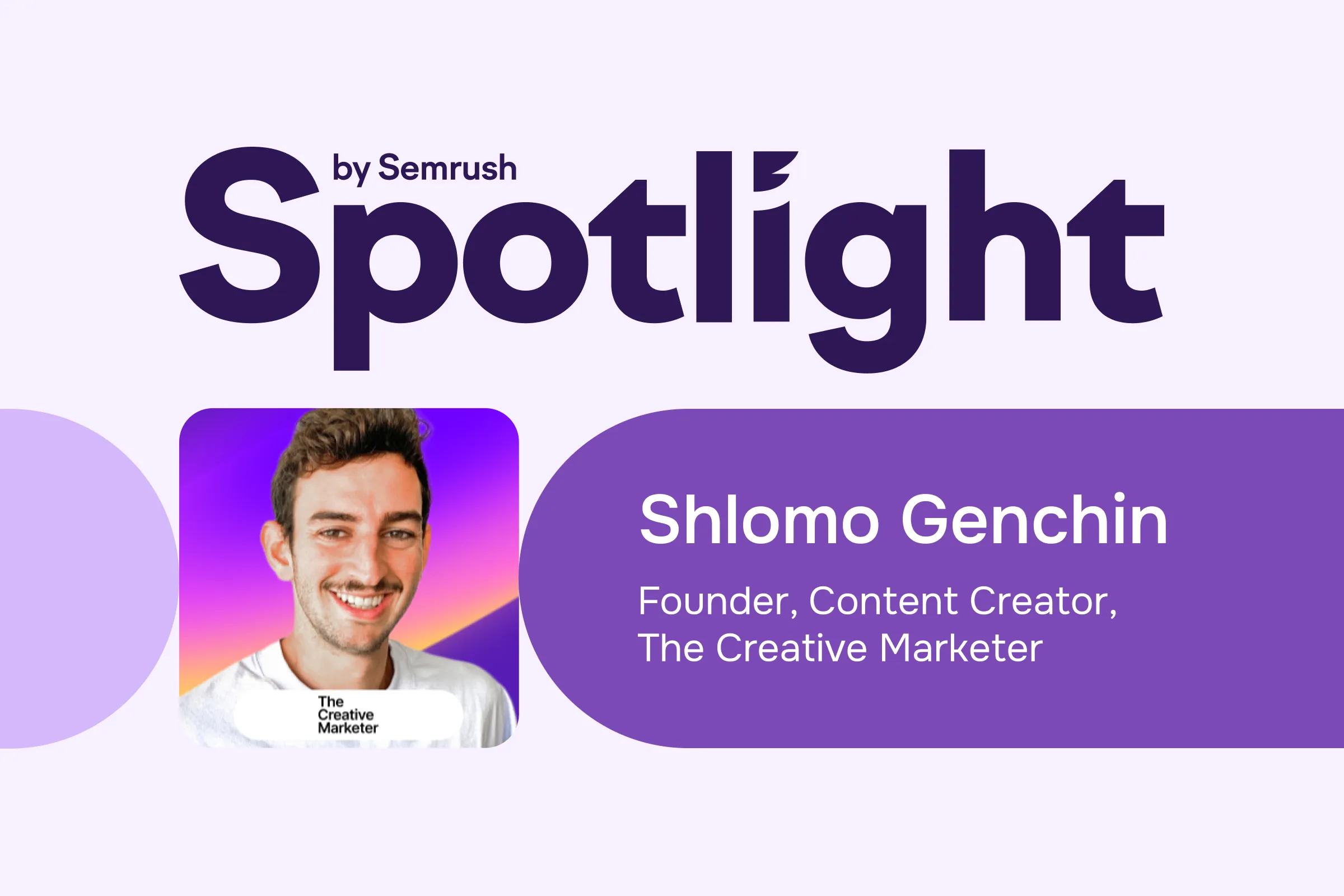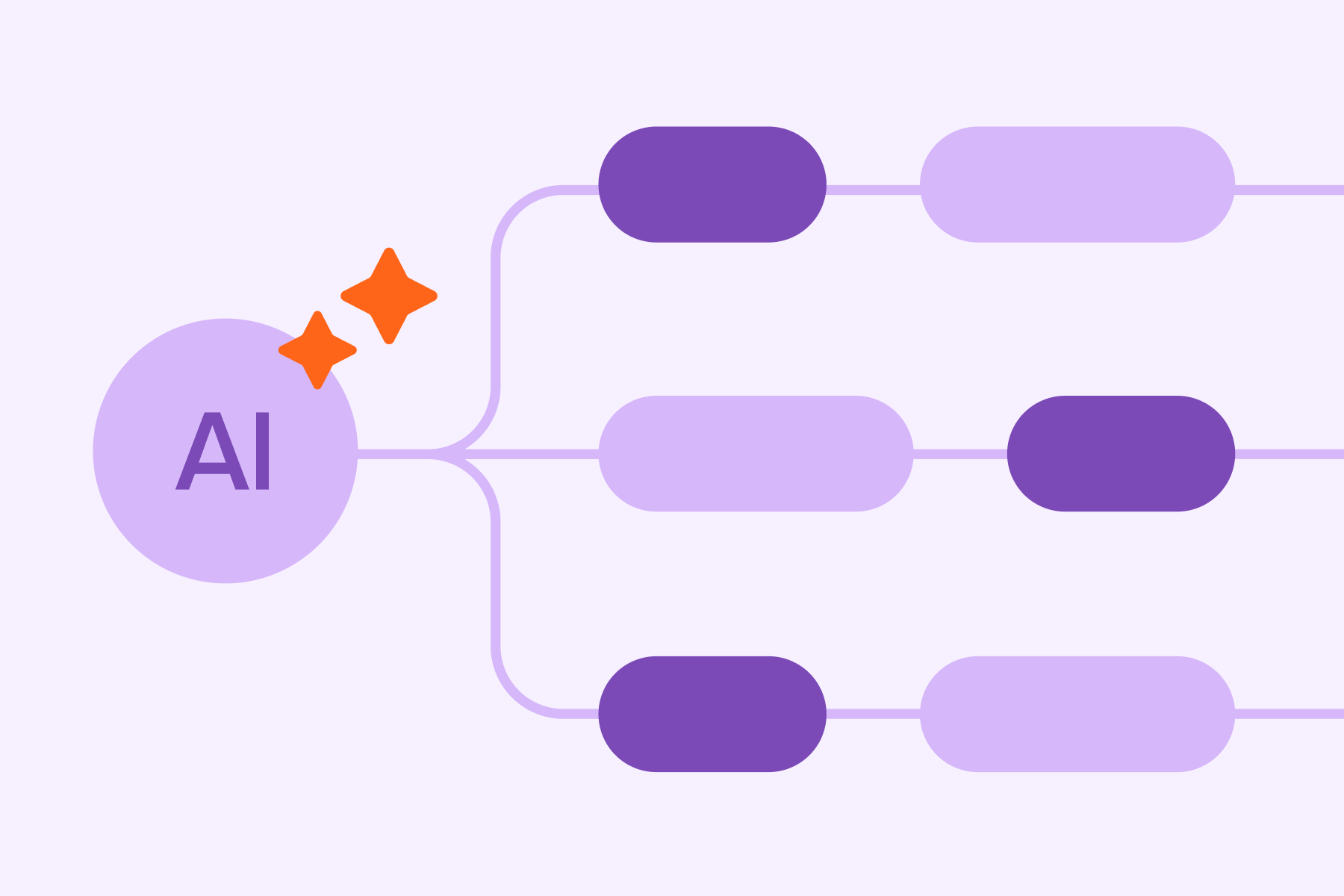Ultimate Guide to PPC Marketing for SaaS & Tech in 2025
Ekaterina Zotkova
February 19, 2025

For SaaS and tech companies, staying ahead means adopting innovative strategies that deliver measurable results. One of the most effective tools in your marketing toolbox is Pay-Per-Click (PPC) advertising.
PPC allows you to pay only when someone clicks on your ad, making it a cost-effective way to drive traffic, generate leads, and boost revenue. This guide will walk you through everything you need to know about PPC in 2025, from the basics to advanced strategies, so you can stay competitive and grow your business.
Whether you're just starting with PPC or looking to fine-tune your existing strategy, we’re covering everything. This is your full guide to PPC – after reading it you’ll get a full understanding of what PPC is, and how it works for SaaS and tech companies.
Why trust us as your guide in the world of PPC?
We are an award-winning performance marketing agency for SaaS and tech companies. We've been on the market for more than 10 years with $30M+ of managed ad spend; our notable clients include such well-known brands as Mixpanel, Automattic, and SaaStr.
Ready to learn PPC with us? Let’s dive in!
What is PPC?
PPC, or Pay-Per-Click, is an online advertising model where you pay a fee each time your ad is clicked. It’s a way to buy visits to your website rather than earning them organically. PPC ads can appear on search engines, social media platforms, and other websites, allowing you to target specific audiences.
PPC is different from other marketing tactics (like SEO) in a way that it can deliver immediate results. For SaaS and tech companies, PPC is particularly effective because you can target your users on every stage of their customer journey with a variety of tactics and messaging. For example, you can drive high-intent users who are actively searching for solutions to your sales page, or promote a whitepaper to drive more brand awareness among your target audience.
Main PPC Terms & Definitions
Marketing is full of jargon and terms that are hard to understand for an outsider. So before diving into how PPC works, let’s cover the key terms:
- CPC (Cost-Per-Click): that’s the amount you pay for each click on your ad.
- CTR (Click-Through Rate): the percentage of people who click on your ad after seeing it.
- CPA (Cost-Per-Acquisition): the cost of acquiring a customer through your ad.
- CPM (Cost-Per-Mille): cost per 1,000 impressions of your ad.
- Conversion Rate (CR): percentage of desired user actions (purchases, sign-ups, downloads, etc.) taken after visiting your page.
- Conversion Rate Optimization (CRO):
- ROAS (Return on Ad Spend): the revenue generated for every dollar spent on ads.
- Search Engine Marketing (SEM): it’s a term that includes both paid advertising and search engine optimization, which allows you to rank organically for keywords.
- Search Engine Results Page (SERP): it’s a response of a search engine (like Google or Bing) to a user’s query.
- Quality Score: a metric used by platforms like Google Ads to measure the relevance of your ads, keywords, and landing pages.
- Maximum Bid: that’s the maximum amount of $ you are willing to pay for the click on your ad.
- Ad Rank: determines the position of your ad on the search engine results page (SERP). The formula for ad rank is Maximum Bid x Quality Score.
PPC Networks for SaaS & Tech in 2025
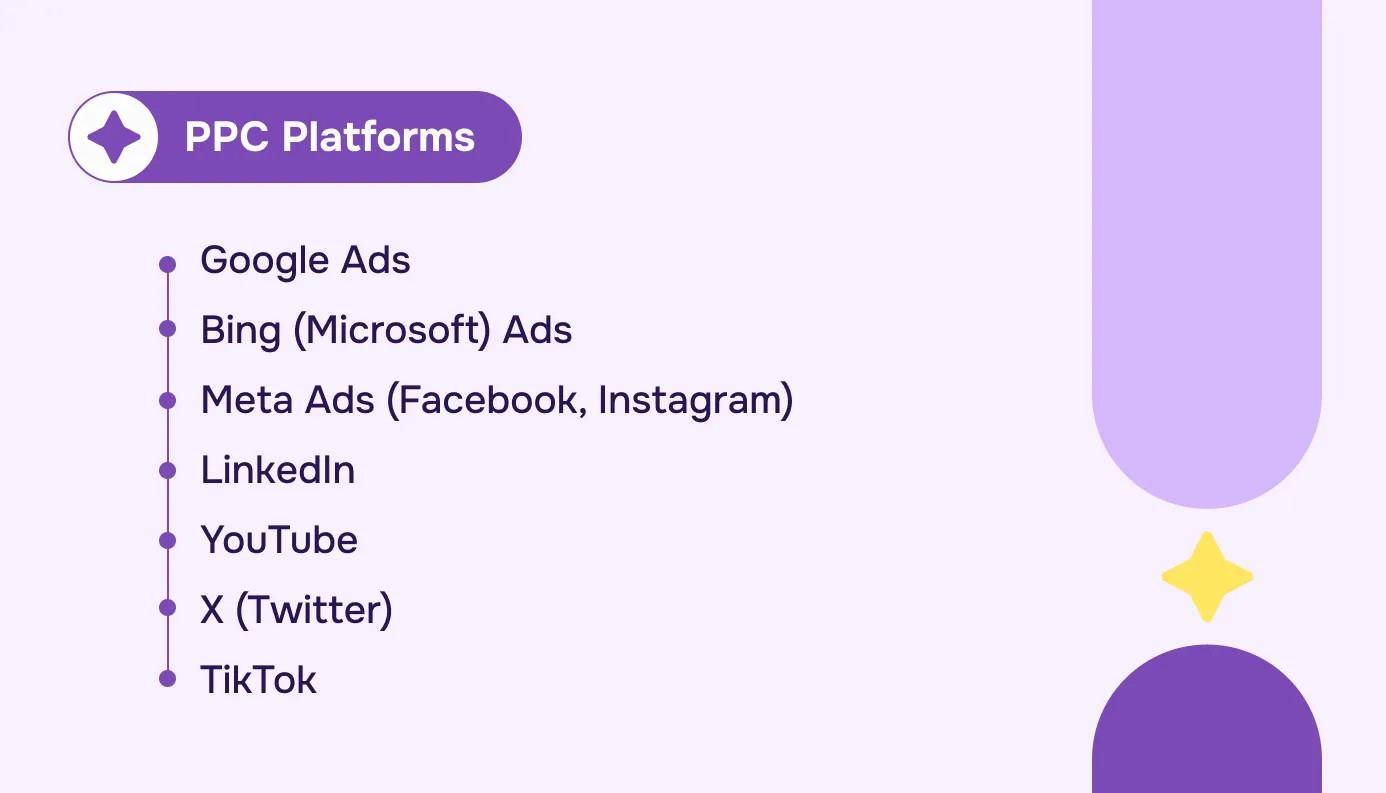
Now, let’s take a look at the major platforms where you can run your ads in 2025.
Paid Search
Google Ads
Google Ads is the most popular platform, offering search, display, and video ads.
Here are the advantages of Google Ads for SaaS and tech businesses:
- Google is the most popular search engine in the world, giving you extensive reach and access to billions of users across the globe.
- Google Ads offers a diversity of ad formats: search ads, display ads, video ads, and more.
- You can use remarketing campaigns for targeting users who have previously interacted with your website or ads.
Microsoft Advertising (Bing Ads)
Microsoft (Bing Ads) is a less competitive platform than Google Ads, but can offer access to your target audience and tangible results. Its advantages are:
- Your ads can appear on the Bing Search Network, reaching millions of users who use Bing as their search engine.
- Microsoft Ads also offer native advertising options that seamlessly integrate with the content that users are consuming,
- Microsoft Ads is less competitive and offers a lower CPC.
Paid Social
Meta (Facebook & Instagram) Ads
Meta Ads provide you with access to the largest social media network in the world – Facebook, but also allow you to connect with users across other Meta platforms – Facebook Messenger, Instagram, and Audience Network. Here’s why you can win big with Meta Ads:
- Massive user base.
- Advanced targeting options based on demographics, interest, behaviors, and more.
- Rich variety of highly creative ad formats, that are ideal for showcasing products and services.
LinkedIn Ads
LinkedIn is the most popular professional network in the world. It’s ideal for reaching decision-makers and professionals, and it’s especially valuable if you are working in B2B SaaS or tech. Here are its advantages:
- Professional and highly engaged audience.
- Advanced targeting options, including job title, industry, company size, and skills.
- Suitable for niche or very complex products and services with a narrow audience.
YouTube Ads
YouTube allows you to “catch” your potential customers with engaging video content.
- YouTube ads are ideal for boosting brand awareness.
- It offers access to a large user base and cheap clicks.
- Video is a highly appealing and effective ad format.
- YouTube also offers an array of additional ad formats.
X (Twitter) Ads
X has a large network of users worldwide, and it can be particularly useful to target potential customers for SaaS and tech products. Here are its advantages:
- Broad audience reach.
- Advanced led generation with Lead Generation Cards.
- Opportunity to advertise alongside Trends with Trend Ads.
- High user engagement and viral potential.
TikTok Ads
TikTok Ads are growing in popularity for engaging younger audiences. It offers some unique advantages to you as an advertiser:
- In-feed native ads that blend seamlessly into user’s feed.
- Highly engaging ad formats.
- Viral potential.
Niche PPC Platforms for SaaS & Tech: Where to Advertise Beyond Google & LinkedIn
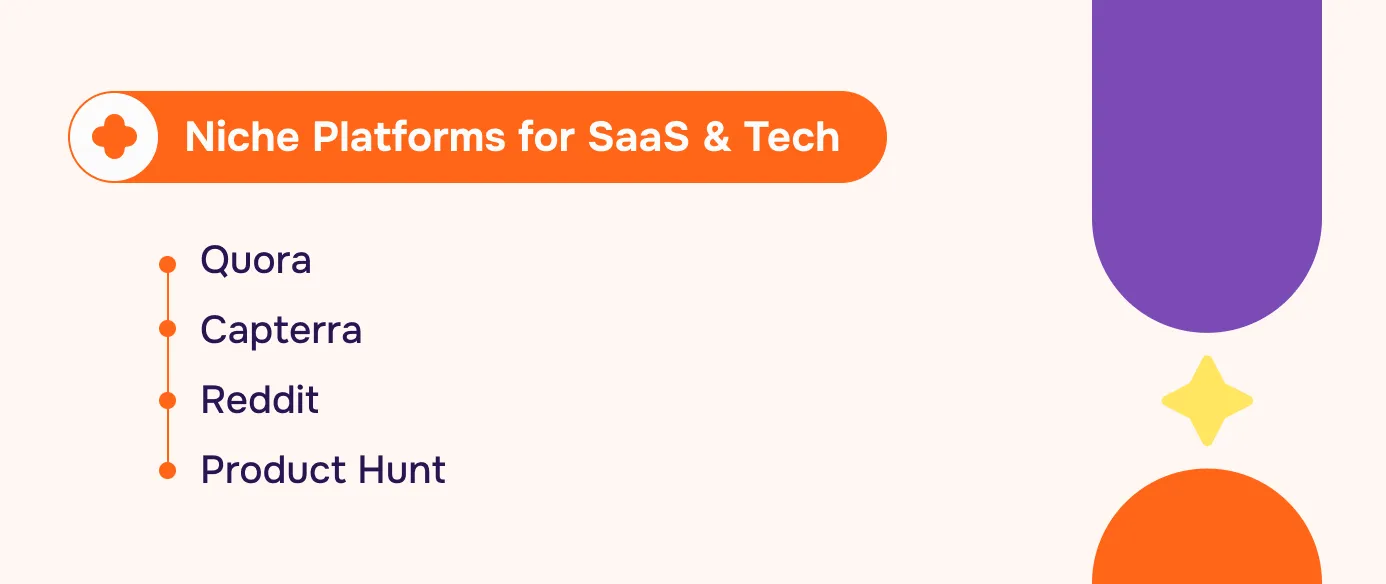
As an advertiser, you don’t have to limit yourself to the hugely popular platforms that we’ve outlined above. Your potential customers can also be found on the niche platforms that offer great advertising options. Here they are:
- Reddit: one of the most influential online communities for tech professionals, developers, and IT decision-makers.
- Quora: high-intent platform where users actively search for problem-solving content.
- Capterra: a leading B2B software review site where decision-makers compare software before making purchasing decisions
- Product Hunt: a go-to platform for tech enthusiasts, early adopters, and startup founders looking for new tools.
Advantages of PPC for SaaS & Tech
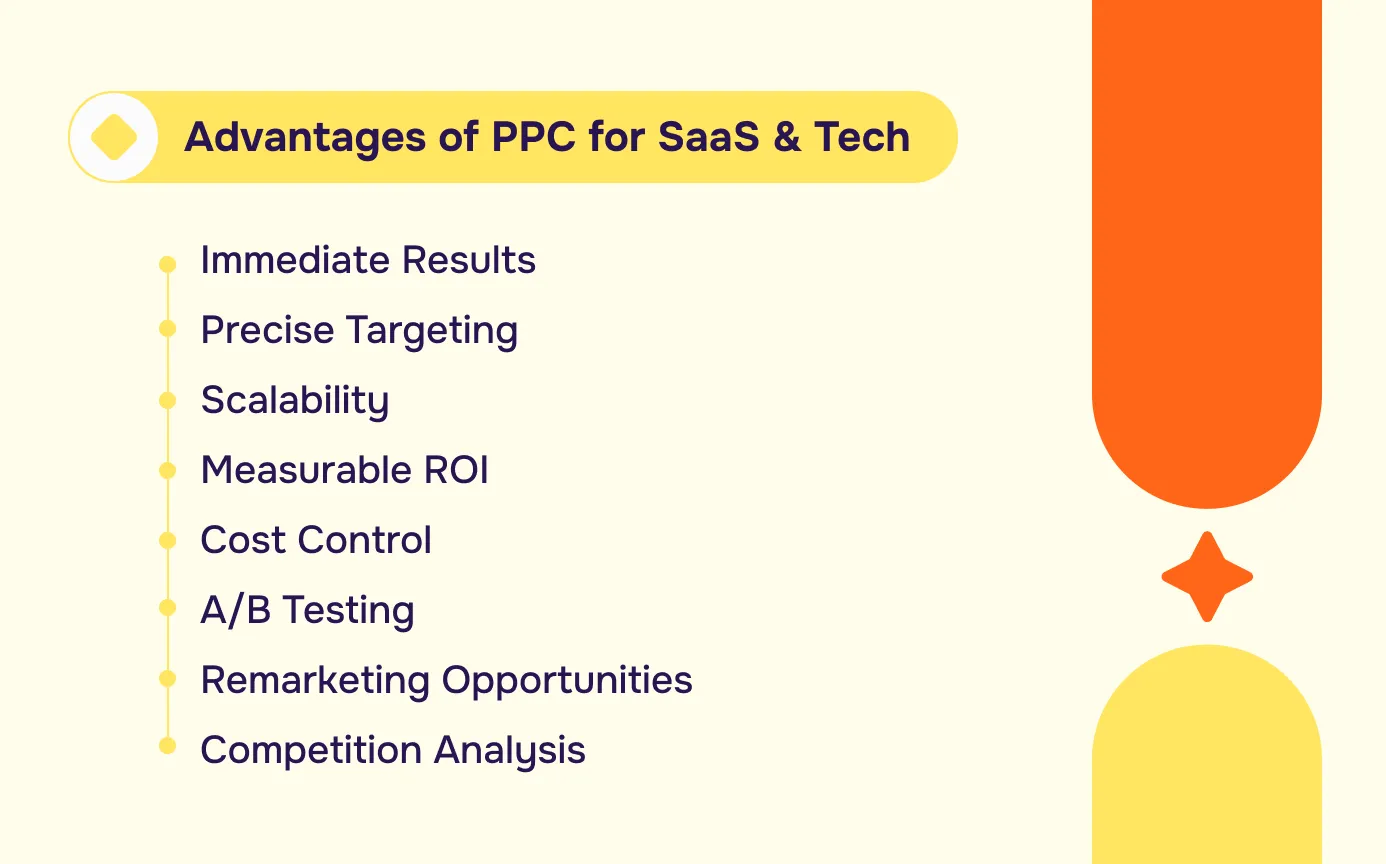
Why would you invest in PPC? Let’s discuss the key factors that make PPC a great marketing tactic for SaaS and tech companies:
- Immediate results: unlike SEO, PPC drives traffic as soon as your campaign goes live. You can generate leads fast or increase brand awareness by appearing at the top of search results (without yet investing into long-term SEO effort).
- Precise targeting: PPC allows you to reach your target audience thanks to the advanced capabilities inside the platforms.
- Scalability and cost control: you can adjust your PPC budget based on your current needs.
- Measurable ROI: PPC allows you to track every click, conversion, and dollar spent.
- A/B testing: PPC campaigns offer the ability to run A/B tests on different ad copies, landing pages, and targeting strategies. This allows you to identify the most effective approaches for attracting and converting customers.
- Remarketing opportunities: you can target the users who have previously interacted with your product or service.
- Competition insights: PPC competition analysis allows you to get highly useful information on your competitors and market niche.
How Does PPC Marketing Work?
.webp)
PPC marketing follows a structured process. Here’s how to set up a winning campaign:
- Set Campaign Goals
Before you spend a single dollar, define what success looks like. Common SaaS PPC goals include:
- Lead generation – get more trial sign-ups or demo requests.
- User acquisition – convert free users into paid customers.
- Brand awareness – introduce your solution to a larger audience.
- Customer retention – upsell or retarget existing customers.
You need to tie your PPC goals to business KPIs to measure true ROI. We have an in-depth guide on how to develop your PPC KPIs and connect them to business goals. Your PPC KPIs must:
- be directly tied to your profits
- be realistic and achievable
- reflect the stages of your marketing funnel and specific ad campaign goals.
Here at Aimers we work with tech and SaaS businesses that want to grow their profits. For our clients, Return On Investment (ROI) and/or ROAS (Return On Ad Spend) most often reflect the end goal. These are the most important SaaS KPIs.
Here are the key PPC SaaS metrics connected to ROI and ROAS:
- number of purchases and CAC (Customer Acquisition Cost)
- number of MQL/SAL/SQL/Opportunity and Cost per MQL/SAL/SQL/Opportunity
- number of Qualified Leads and Cost per Qualified Lead
- number of Leads/Trials/Demos and Cost per Lead/Trial/Demo (CPA)
- Choose the Right PPC Platforms
Not all platforms work for every SaaS or tech brand. Pick the right ad network based on your audience. We also recommend not to spray your focus and start advertising on too many platforms at the same time. You can always test new platforms later down the road.
- Conduct Keyword Research
Identify high-intent keywords your potential customers are searching for. Use tools like:
- Google Keyword Planner (free)
- Ahrefs & SEMrush (advanced insights)
- AnswerThePublic (content-focused keywords)
We have a detailed guide on how to do PPC keyword research using keyword pyramid method.

- Create High-Converting Ad Copy & Visuals
Your ad copy should be clear, compelling, and action-driven:
- Headlines: hook attention with pain points & solutions.
- Descriptions: highlight key benefits, not just features.
- CTAs: use urgency-driven phrases like "Get Your Free Trial Today!" See our list of 100 effective CTAs for your ads.
We advise avoiding clickbait or misleading your audience in any way. Users appreciate transparency and honesty. Here’s a real-life example of two ads. Ad A says “try for free”, Ad B discloses specific prices:
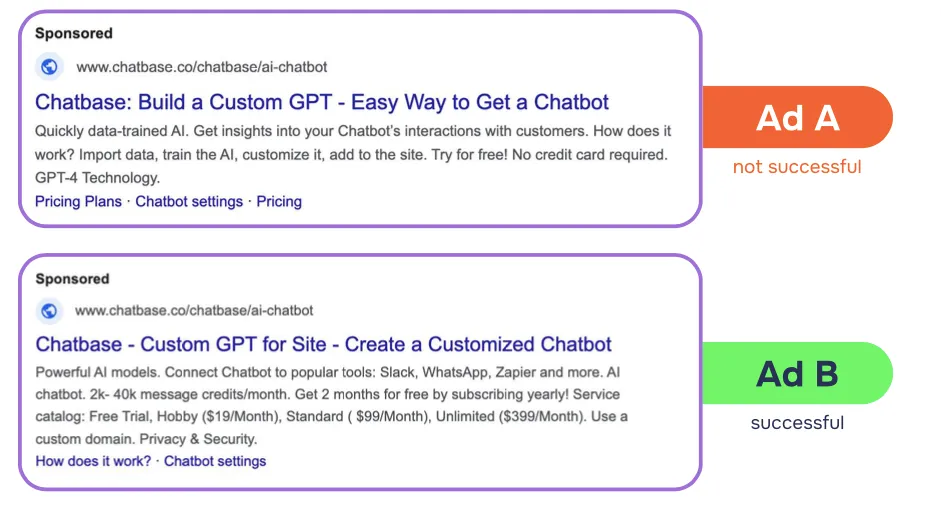
Ad B actually outperformed Ad A by driving 67% of total conversions while maintaining the CPA that was 2x lower in key geographies.
Invest into good visuals, as one picture is worth a thousand words. Video is a format that is only growing in popularity among SaaS and tech marketers. You can check our overview of the best LinkedIn video ads practices. A great PPC tactic is to include social proof from your existing customers: here are 7 ways to do it.
A/B test multiple variations, as one small tweak can dramatically boost your CTR.
- Set Up Smart Targeting
Who sees your ads matters more than how many people see them.
- Demographics: age, location, company size (for B2B SaaS).
- Interests & Behaviors: engage users researching solutions like yours.
- Lookalike & Retargeting Audiences: target users who visited your site but didn’t convert.
We advise segmenting your audience based on funnel stage for better personalization. See our guide to building PPC campaigns for every stage of your marketing funnel.
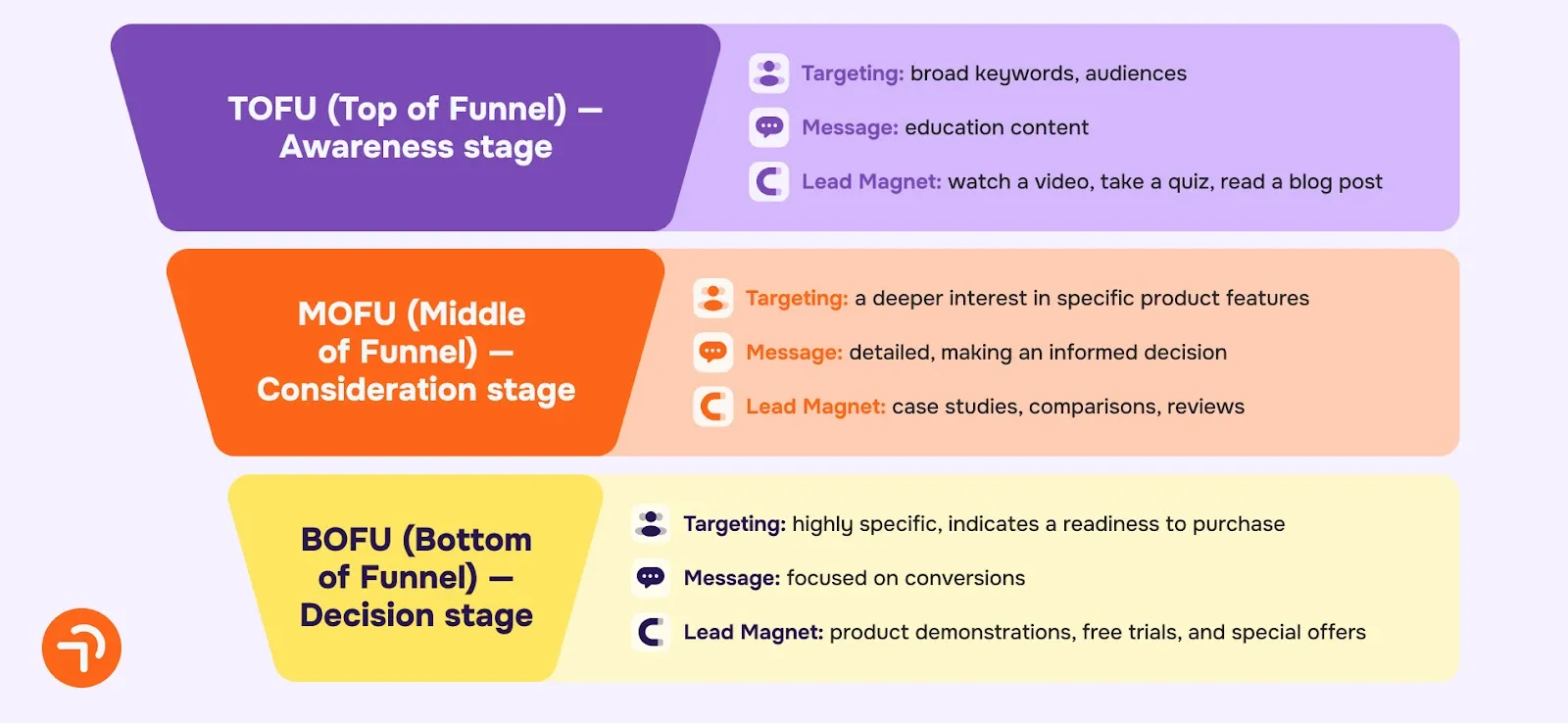
6. Launch Campaigns & Optimize in Real Time
PPC is not a “just set and forget” thing. We often say that success comes from constant testing and optimization.
- Monitor your campaigns daily.
- Adjust bids, budgets, & targeting based on performance.
- Pause underperforming ads & scale winning ones.
PPC Account Structure
A clean PPC account structure makes optimization easier:
- Campaigns: group ads by product, audience, or region.
- Ad Groups: organize by keyword theme for better relevance.
- Keywords: use match types (exact, phrase, broad) strategically.
Keep one goal per campaign – mixing multiple goals leads to poor tracking & wasted budget.
Your KPIs & PPC Metrics to Track
Data drives better decisions in PPC. You can’t improve what you don’t measure.
We recommend tracking these key PPC metrics regularly:
- Click-Through Rate (CTR) – measures engagement.
- Conversion Rate – % of clicks that become leads or sign-ups.
- Cost-Per-Acquisition (CPA) – How much you pay for a new lead/customer.
- Return on Ad Spend (ROAS) – Revenue generated per $1 spent on ads.
- Quality Score – Google’s rating of your ad relevance (affects CPC).
Approach these metrics strategically – see the larger picture. For example, lower CPC does not mean better business results. Track lead quality & customer LTV (more about advanced SaaS metrics here) to measure true ROI.
PPC Automation
Use AI and machine learning to automate bidding, targeting, and even streamline some aspect of ad creation. Tools like Google Ads’ Smart Bidding can save time and improve performance. You can learn more about automation for Google Ads in our blog post.
Reevaluating Channels and Reallocating Budget
Don’t hesitate to reallocate budget between ad campaigns and various channels. Regularly evaluate performance and track what brings you the best results. Use A/B testing to understand what really works – on the level of channel, campaign, and specific ad.
Retargeting & Remarketing
Retargeting allows you to re-engage users who have interacted with your brand but didn’t convert. You can also remarket to customers who have already bought from your business or have converted in some form. Check our guide on remarketing with Google Ads.
Analytics
Analyze campaign performance with tools like Google Analytics and Microsoft Clarity. Use data to make informed decisions and optimize campaigns.
Check our list of 5 free tools to optimize your ads.
We also recommend performing regular PPC audits to keep track of campaign performance and identify opportunities for growth.
Conversion Rate Optimization & Landing Pages
Clicks drive traffic, but it’s the landing page that ultimately determines conversions. So for good PPC results, you got to optimize your landing pages for conversions. This is what Conversion Rate Optimization is all about. Learn 7 CRO mistakes that are affecting your sales.
Here are just a few CRO tactics to get you started:
- Clear CTAs: make it easy for users to take action.
- Mobile Optimization: ensure your pages load quickly on all devices.
- A/B Testing: test different versions to find what works best.
Another recommendation is to custom-tailor landing pages for specific audiences to enhance their experience and boost conversion potential. For example, a great PPC tactic is to create campaigns targeted to attract audiences that are looking for your competition.
Hiring External Agency for PPC
If you don’t have sufficient resources or know-how to manage PPC in-house, consider partnering with an agency like Aimers. A big advantage to hiring an agency is the ability to use their experience and nuanced understanding of your niche to maximize the ROI of your PPC.
Check our guide to hiring a marketing agency and 6 questions to ask your prospective agency for the best match and fruitful partnership down the road.
Common Pitfalls with PPC for SaaS & Tech
.webp)
While PPC is powerful, it’s a complex process, and it’s easy to make mistakes. Here are some common pitfalls to avoid:
- Lack of clear goals: without specific, measurable goals, it’s difficult to evaluate the effectiveness of a PPC campaign. Companies should define what success looks like – whether it’s leads, sign-ups, or sales.
- Targeting the wrong audience: failing to identify and target the right audience can lead to wasted ad spend. It’s essential to understand the ideal customer profile and segment the audience accordingly.
- Not adjusting to the marketing/sales funnel: check our guide here.
- Poor keyword research: targeting irrelevant or overly broad keywords. Not conducting thorough keyword research can result in targeting irrelevant or overly competitive keywords. This can lead to high costs with low returns.
- Ignoring negative keywords: wasting budget on irrelevant clicks.
- Weak ad copy.
- Neglecting landing page optimization and CRO: sending traffic to poorly optimized pages.
- Ignoring mobile optimization.
- Not tracking conversions properly.
- Lack of A/B testing.
- Failing to monitor and adjust campaigns: PPC is not a set-it-and-forget-it strategy. Regular monitoring and adjustments are necessary based on performance data to optimize campaigns effectively.
- Budget mismanagement: check 7 mistakes wasting your ad budget.
- Overlooking advanced analytics: not tracking or acting on performance data.
- Relying solely on PPC: a diversified strategy is always better.
See the most common mistakes we see in SaaS and tech campaigns when we onboard new clients.
Best PPC Practices for SaaS and Tech in 2025
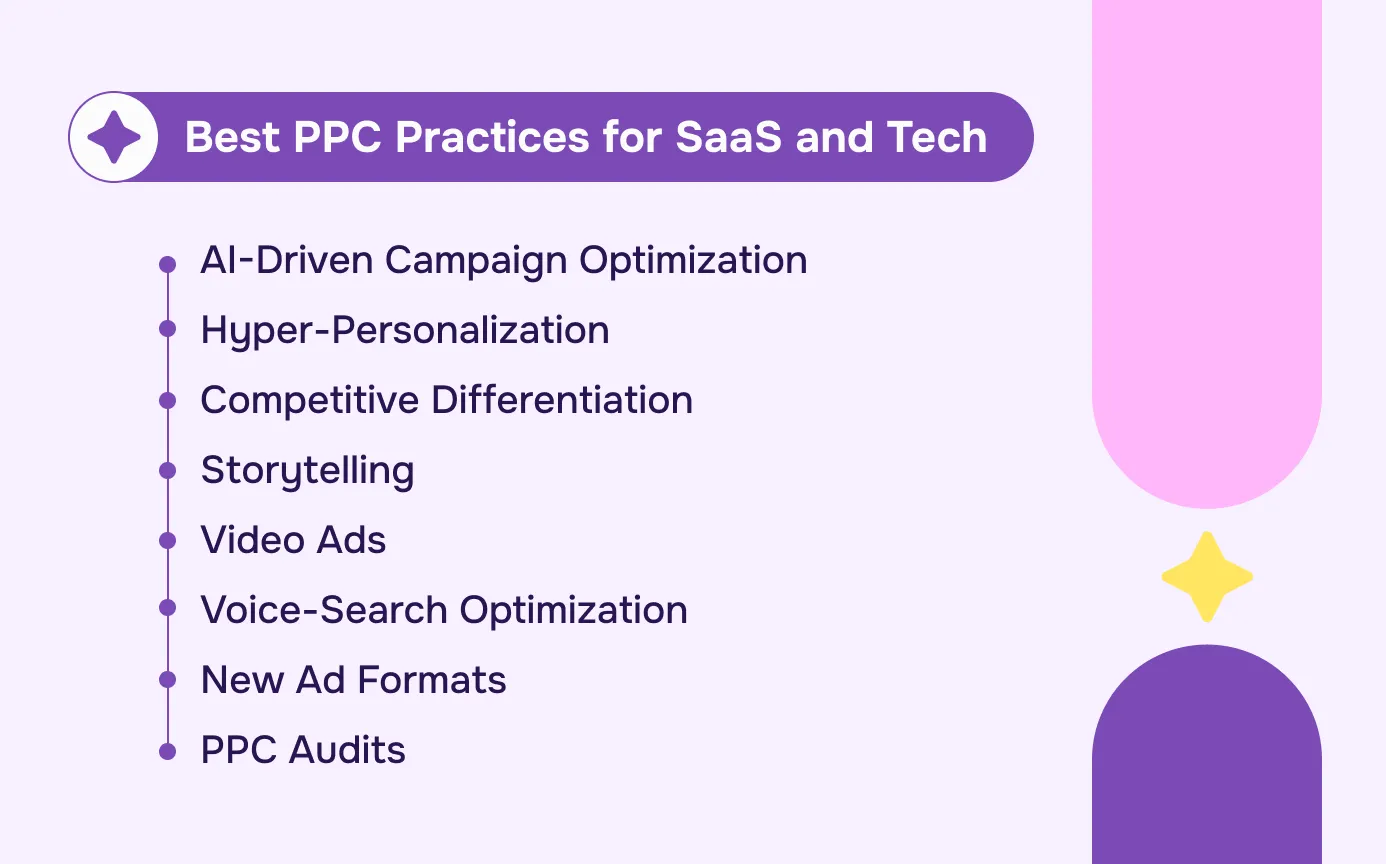
PPC has been around for a long time, but what worked last year won’t necessarily work in 2025. The landscape is shifting – automation is smarter, audiences expect personalization, and new ad formats are changing the game. Let’s talk about practices that will allow you to be on the cutting edge in PPC in 2025.
AI-Driven Campaign Optimization
AI is no longer a “nice-to-have” in PPC – it’s a must-have for scale and efficiency. Google, LinkedIn, and Meta have all doubled down on AI-powered bidding, predictive audience targeting, and automated ad copy generation. The key is knowing when to trust automation and when to step in with manual oversight.
Leverage Smart Bidding to optimize conversions in real-time, but don’t let AI blindly dictate your strategy. Keep tight control over your audience segmentation, exclusions, and negative keyword lists. AI is powerful, but human strategy is what makes PPC truly profitable. The best results come from a hybrid approach – AI for efficiency, human expertise for precision.
Hyper-Personalization
Generic ads don’t cut it anymore. Hyper-personalization means serving the right message, to the right person, at the right time.
With dynamic ad copy, remarketing, and AI-driven audience insights, you can personalize messaging without manual effort. Tools like Google’s Customer Match and LinkedIn’s Matched Audiences help you serve highly relevant ads that feel tailored, not generic. In 2025, personalization = higher engagement, lower CPCs, and better conversion rates.
Competitive Differentiation
Your SaaS or tech solution isn’t the only one in the market – so why should a prospect choose you? If your PPC ads sound like everyone else’s, expect them to blend in. Competitive differentiation is about making your unique value painfully obvious.
Ditch generic ad copy like “Best CRM for Startups”. Instead, highlight what actually makes your SaaS stand out:
- “CRM with AI-powered lead scoring – Cut your sales cycle in half.”
- “No-Code Chatbot Builder – Launch in 10 minutes.”
- “Reduce Customer Churn by 38% – See How [Brand] Did It.”
Being specific, bold, and benefit-driven wins clicks. If you’re bidding on competitor keywords, don’t just say "Better than [Competitor]" – show why with data, testimonials, and real proof.
Storytelling: Sell Through Narratives
People don’t buy software – they buy solutions to their problems. Instead of running feature-dump ads, focus on story-driven messaging.
Let us give you a concrete example. Instead of “Automate Your Sales Outreach with AI”, tell a mini-story: “Tired of sending 100 follow-ups & getting ignored? Our AI does it for you (and gets 3X more replies).”
Storytelling humanizes your brand and makes ads more memorable. Try using customer success stories, framing your ad around a common frustration, or writing from a first-person perspective ("We’ve helped 1,000 SaaS founders stop burning ad budgets on low-quality leads") – it works.
Video Ads: The Must-Have Format
Short-form video is dominating digital ad space, and platforms are prioritizing video content over static images. Even in B2B, video ads outperform traditional formats in engagement, brand recall, and conversion rates. If you haven’t incorporated video into your PPC strategy yet, you’re leaving conversions on the table.
Voice-Search Optimization
As more users search via mobile & smart assistants, PPC marketers start to optimize their ads for voice search. If your audience uses voice search, your ad copy needs to match natural language queries, not just text-based searches. Here are a few tips to get you started:
- Use conversational, question-based keywords (“What’s the best AI chatbot for SaaS?”).
- Focus on local & long-tail phrases (“AI-powered chatbot software for customer support”).
- Optimize for featured snippets (Google pulls answers from PPC ads)
New Ad Formats
The ad networks are constantly adding new ad formats that you can use to engage your audience. It’s a smart strategy to stay on the lookout for the emerging formats and test them with your audience.
While these formats are newer, early adopters can benefit from higher engagement, novelty, and lower CPCs before they become mainstream.
PPC Audits
Even high-performing PPC accounts need regular check-ups. A regular PPC audit ensures you’re not bleeding money on:
- Underperforming keywords
- Irrelevant audience segments
- Budget-draining placements
A professional PPC audit (like the one we run at Aimers) can reduce ad waste and uncover quick wins for instant performance boosts.
Do you want more PPC trends for 2025? Check our 2025 PPC trends blog post here.
PPC Software Tools for 2025
SEMrush
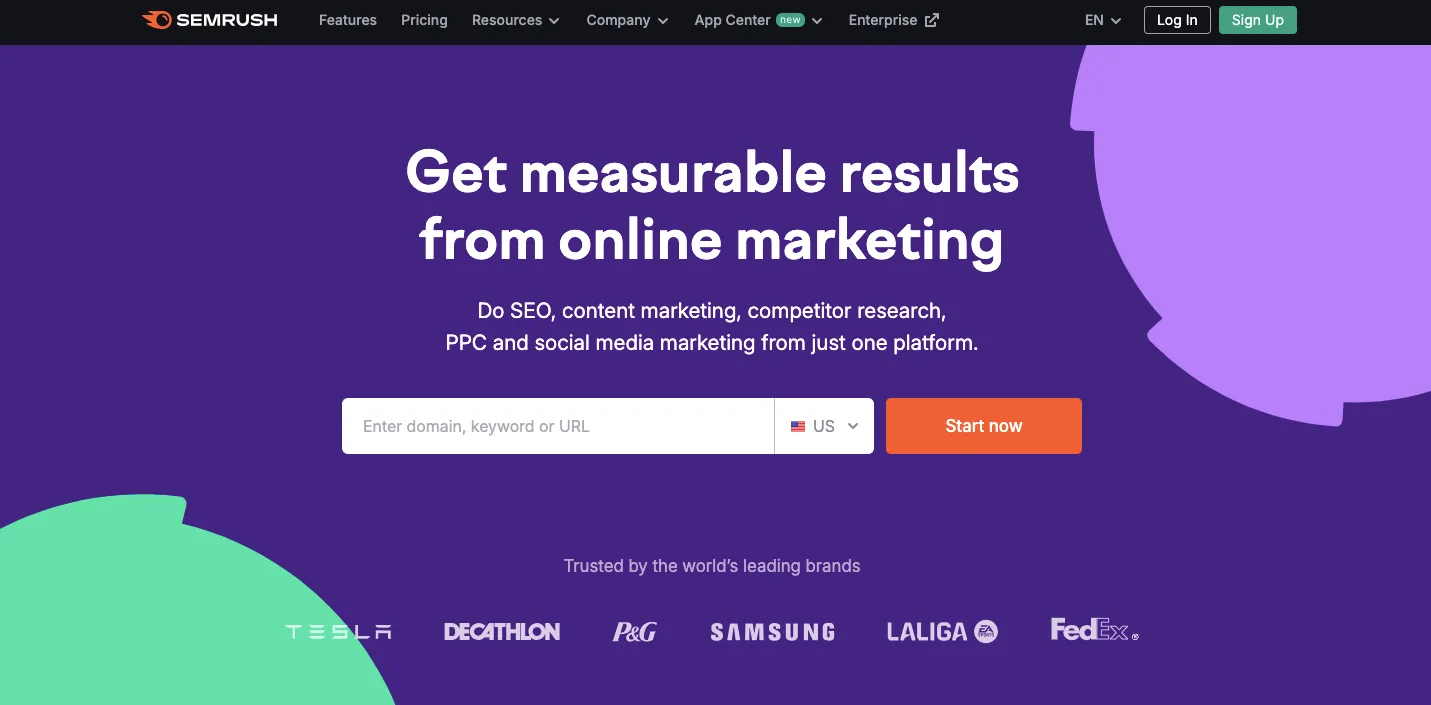
SEMrush is an all-in-one digital marketing suite that offers PPC tools, including keyword research, competitive analysis, and ad tracking. It provides insights into competitors' ad strategies, helping advertisers identify profitable keywords and optimize their campaigns for better performance.
SpyFu
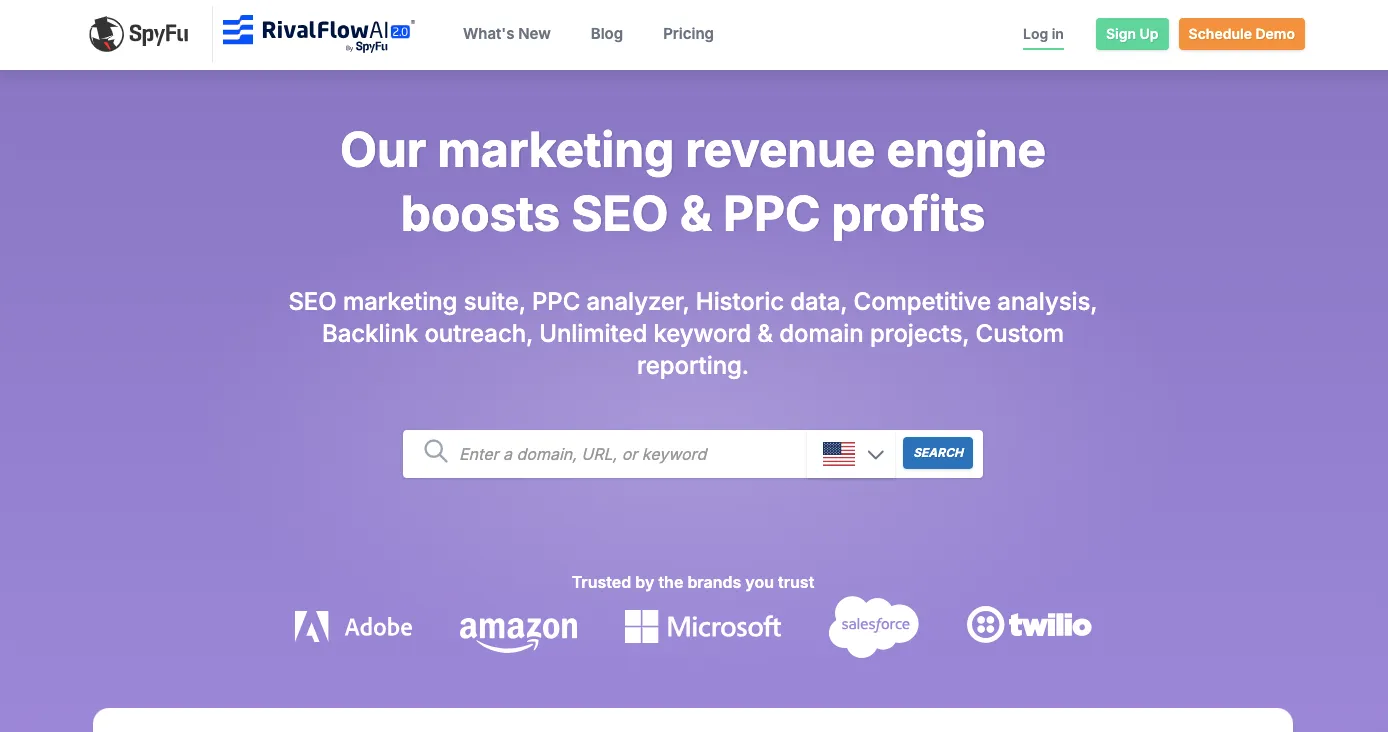
SpyFu specializes in competitor analysis, allowing users to uncover competitors' PPC strategies, keywords, and ad variations. This intelligence enables advertisers to refine their campaigns, identify new opportunities, and stay ahead in the competitive landscape.
Optmyzr
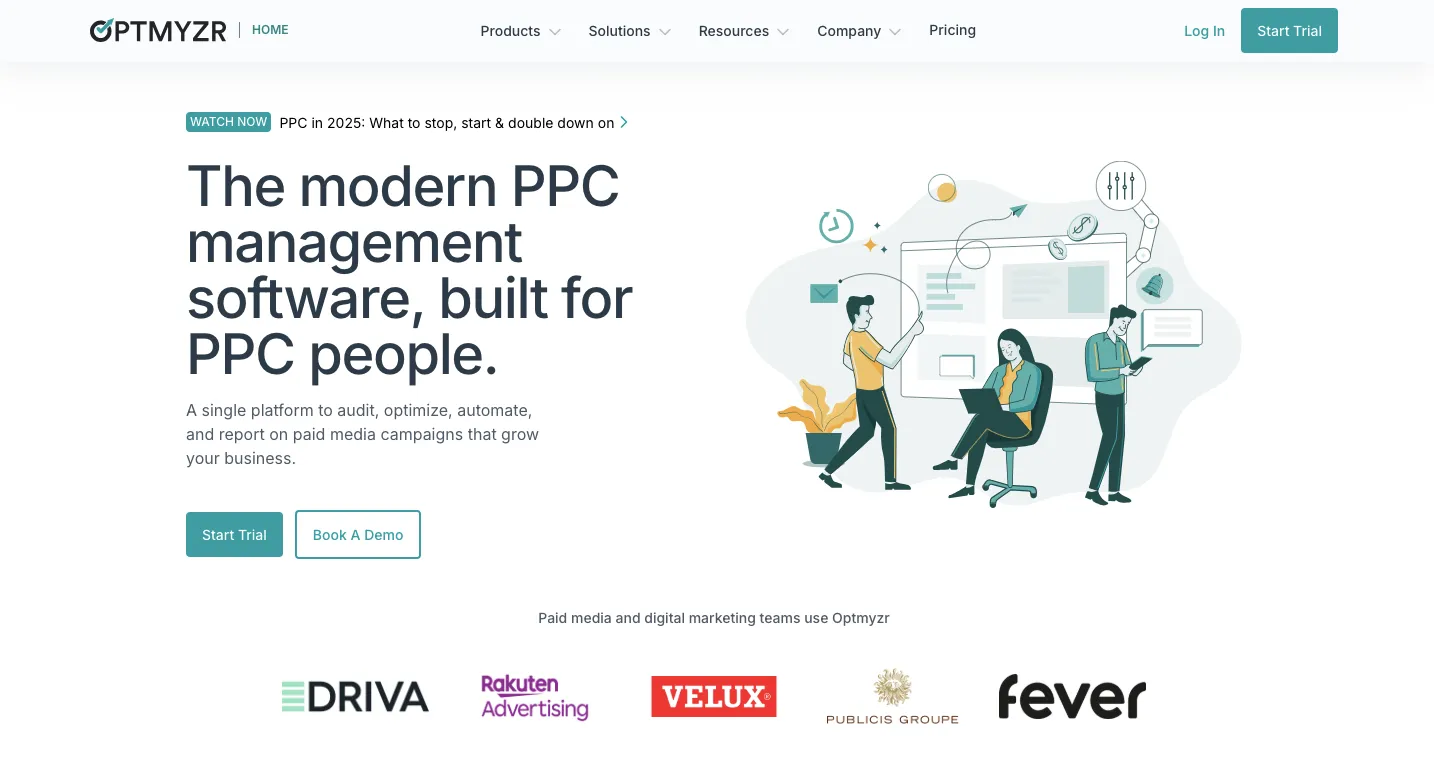
Optmyzr offers a suite of tools for PPC management, including campaign optimization, bid management, and reporting. Its user-friendly interface and automation features help advertisers enhance their campaign performance efficiently, making data-driven decisions to maximize ROI.
WordStream
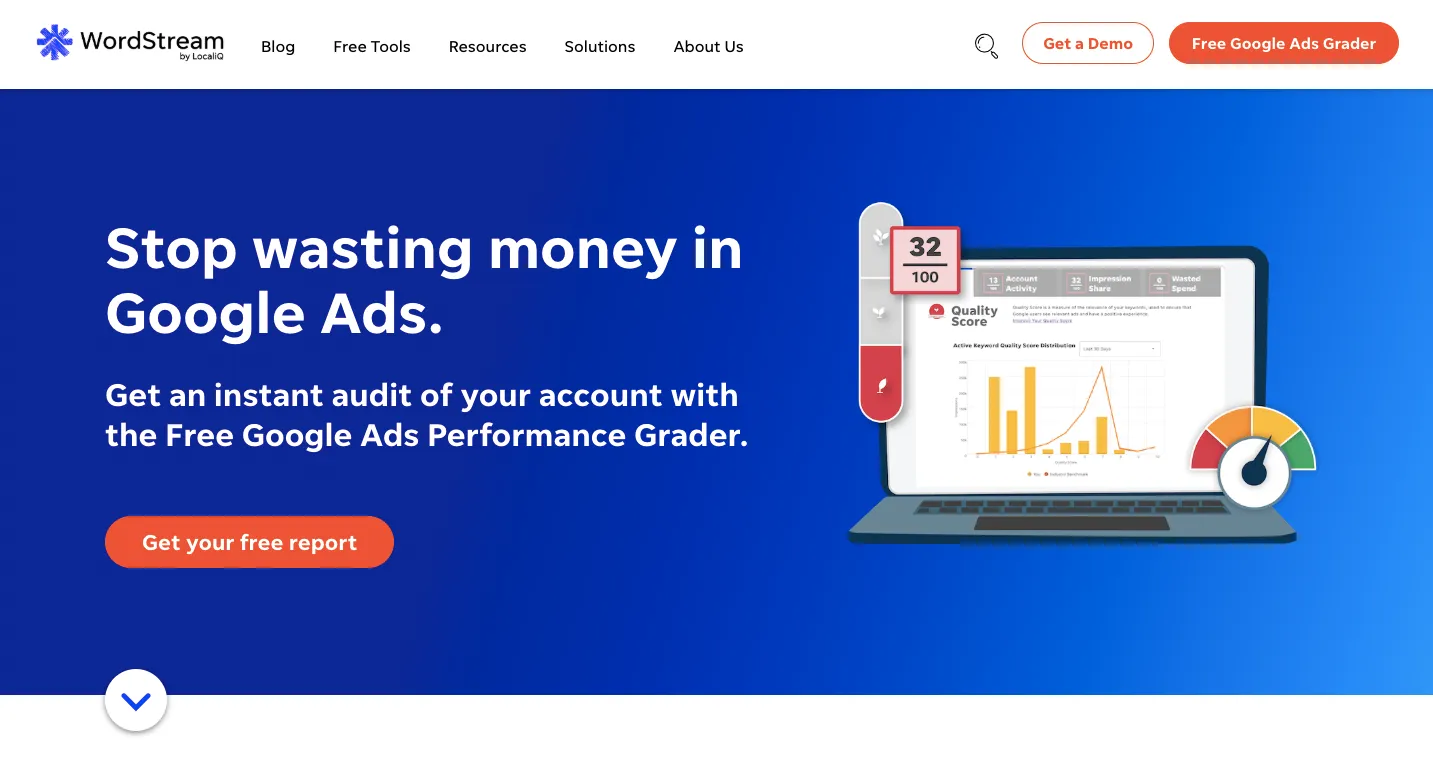
WordStream provides tools for keyword research, ad creation, and performance analysis across various platforms, including Google Ads and Bing Ads. Its 20-Minute Work Week feature offers strategic recommendations to improve campaign performance, making PPC management more approachable for small to medium-sized businesses.
Ahrefs
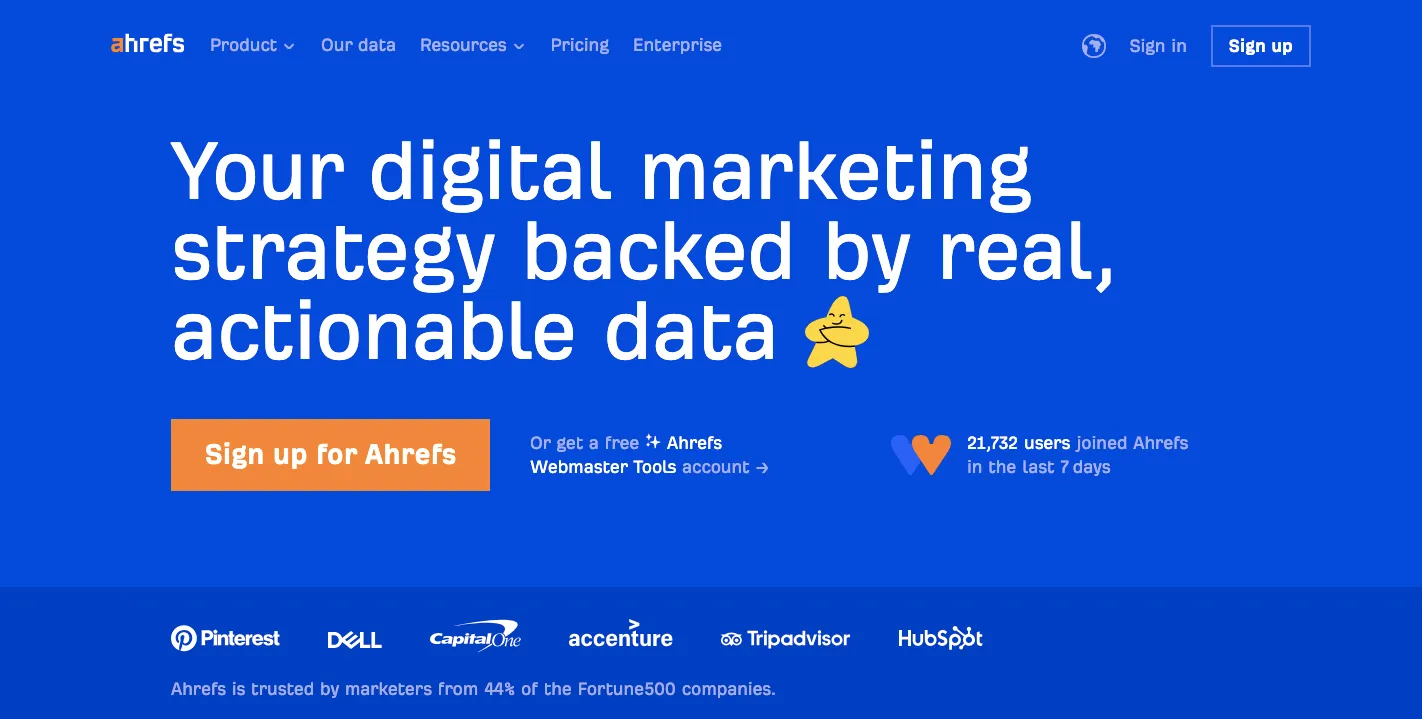
Primarily known for SEO, Ahrefs also offers valuable PPC insights, including keyword research and competitor analysis. Its comprehensive data helps advertisers identify high-performing keywords and analyze competitors' ad strategies, contributing to informed decision-making in PPC campaigns.
Databox
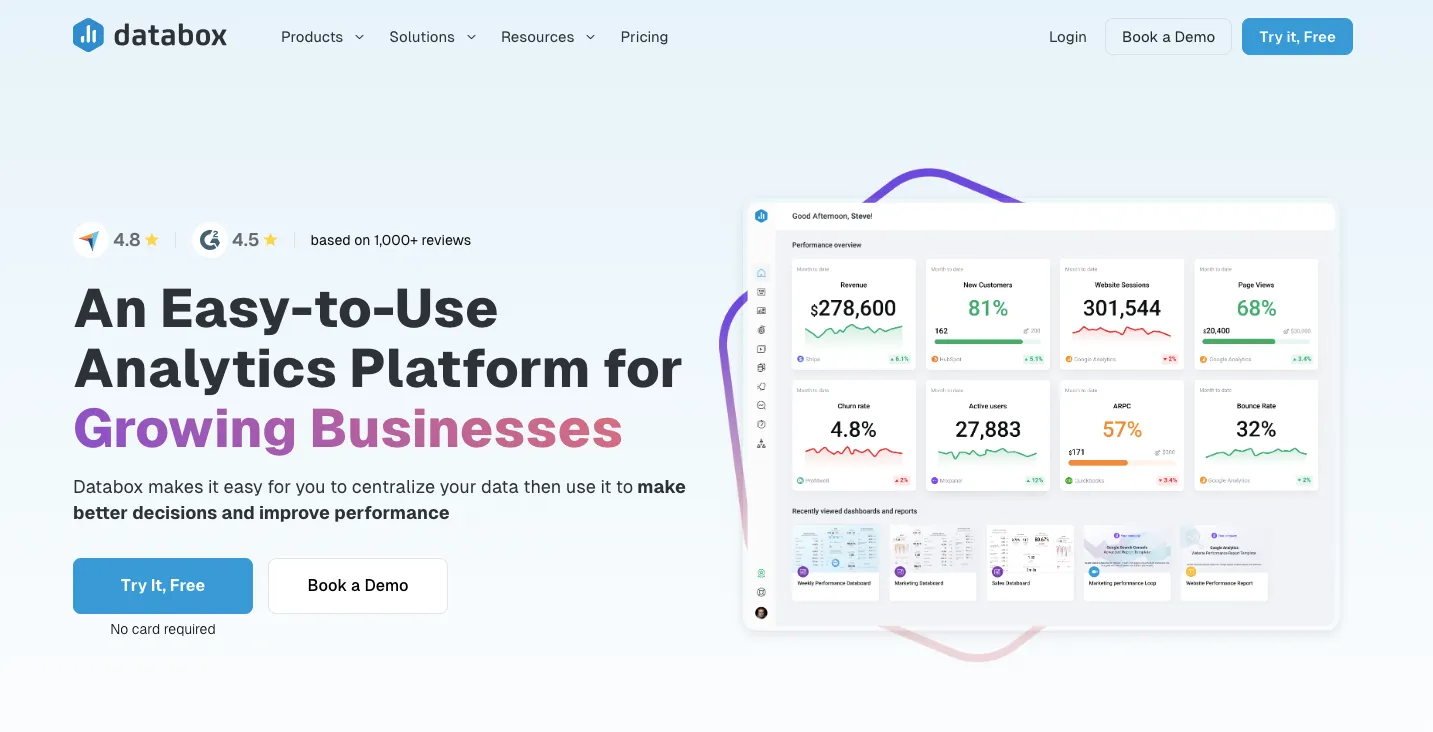
Databox is a user-friendly analytics platform that consolidates your PPC campaign data into a single dashboard. With over 100 integrations, it allows you to monitor performance across platforms like Google Ads, Facebook Ads, and Bing Ads, facilitating efficient tracking and optimization.
Get Started with PPC for Your SaaS or Tech Business by Partnering with Aimers
Scaling your SaaS or tech business with PPC isn’t just about running ads – it’s about running the right ads, for the right audience, at the right time. At Aimers, we specialize in data-driven PPC strategies tailored for SaaS and tech companies. Whether you're looking to reduce CAC, increase SQLs, or optimize your funnel for better conversions, our team ensures every ad dollar works harder. We combine data-driven insights, AI-powered optimization, and full-funnel targeting to help you scale efficiently. Ready to maximize your ROAS and turn ad clicks into paying customers? Let’s talk: chat with our team and book your free intro call here.







